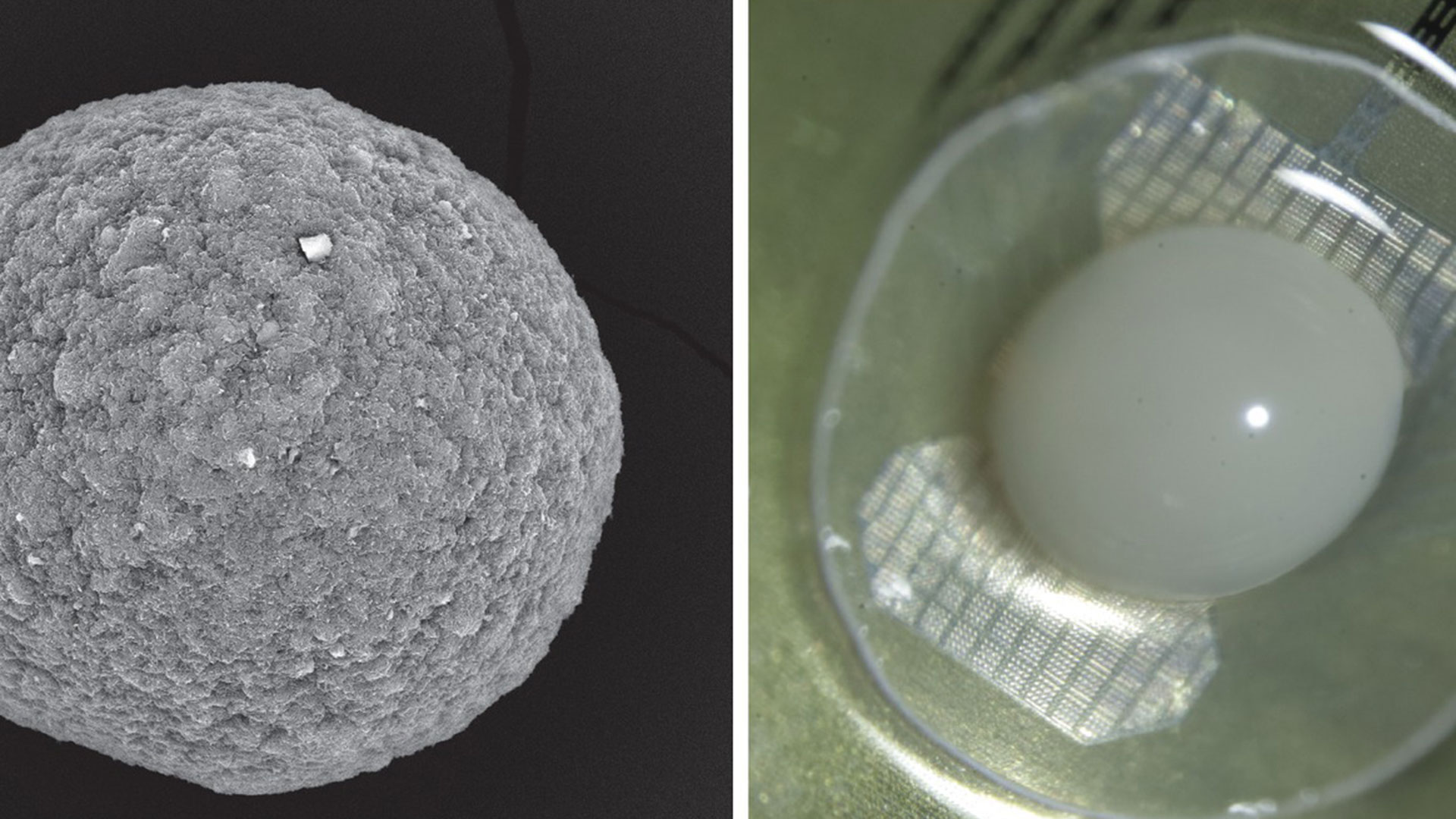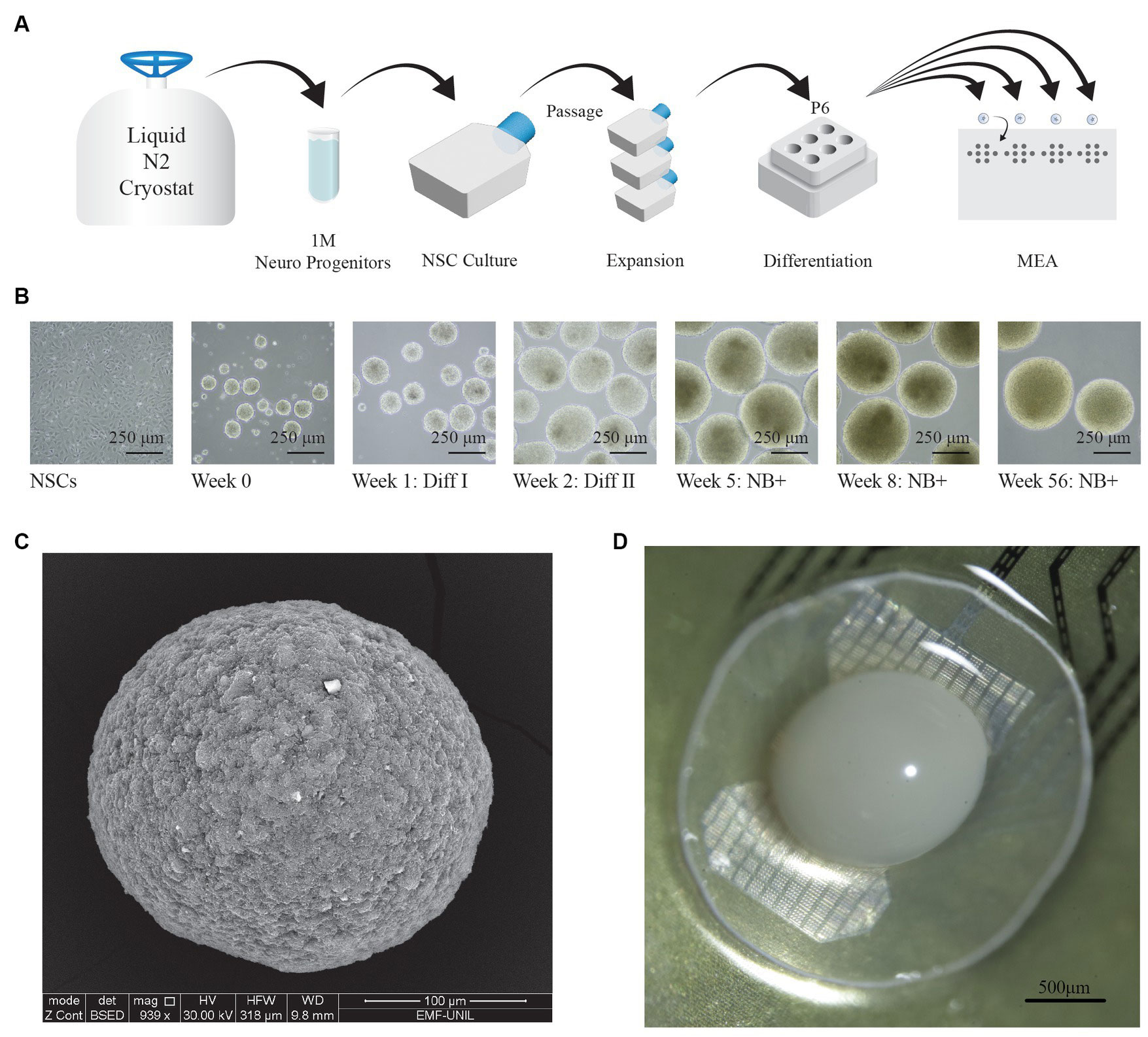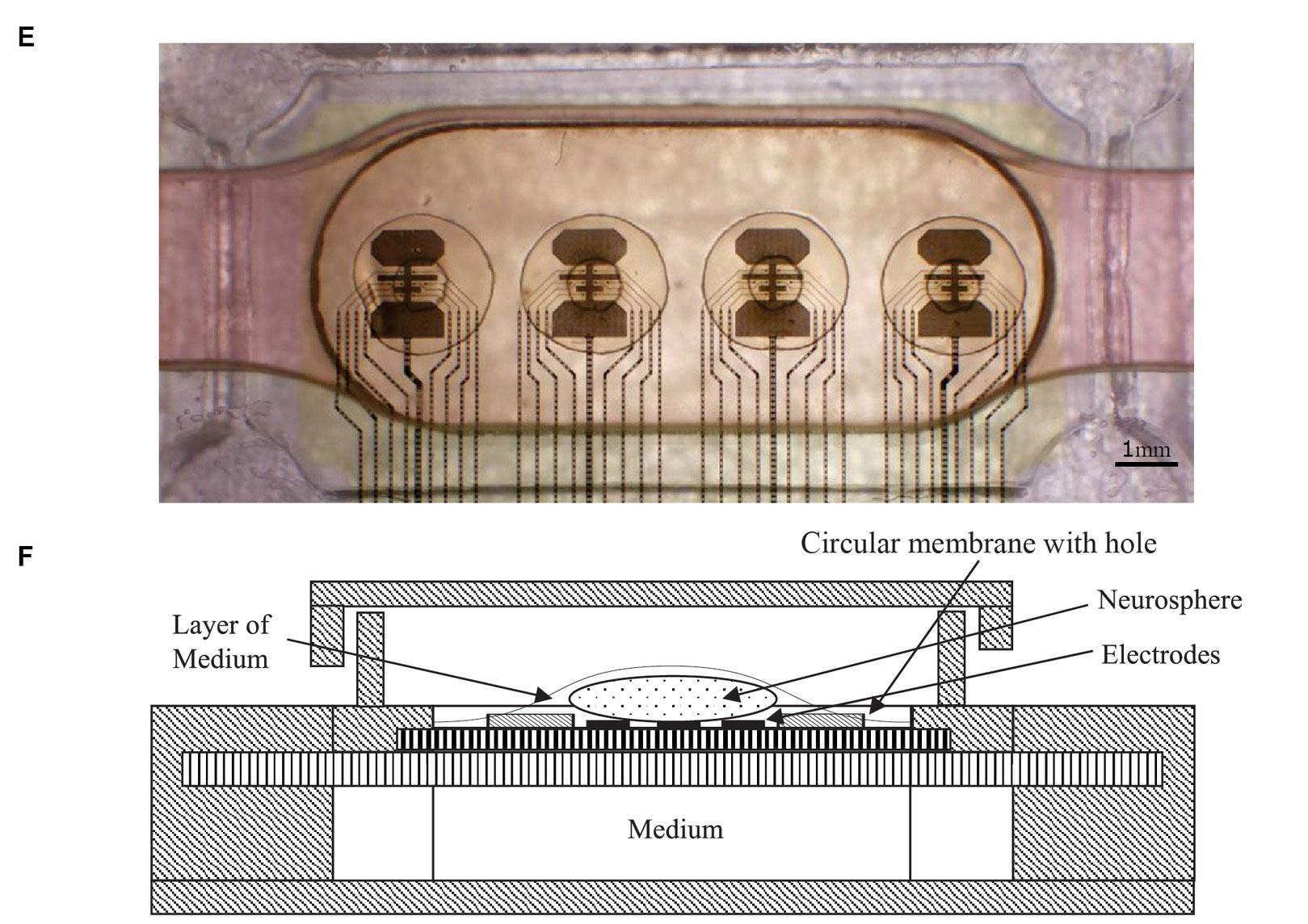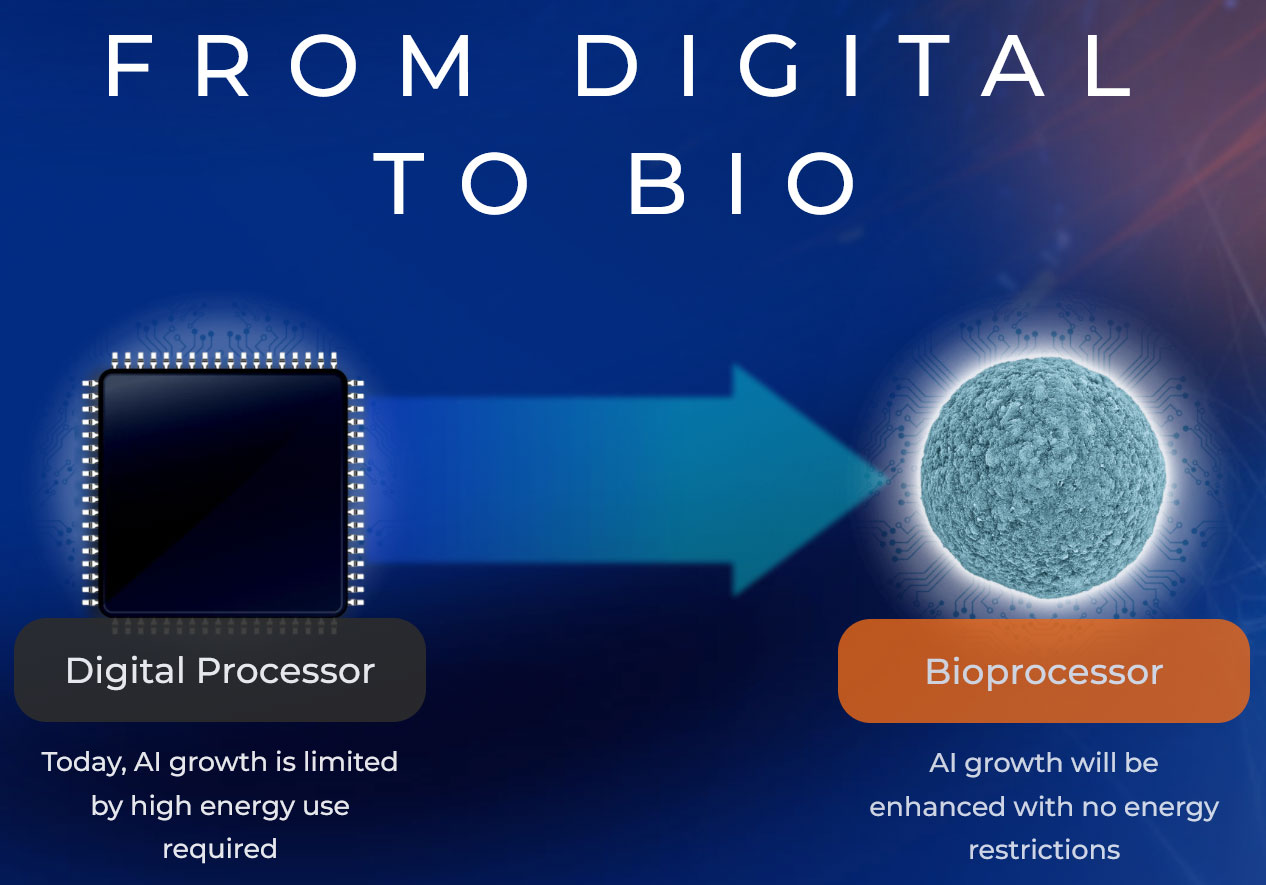Swiss lab where researchers are working to create computers powered by mini human brains revealed in new report — mini brain organoids revealed, developers say 'we shouldn't be scared of them'
BBC reporter goes hands-on with FinalSpark's organoid wetware.

A report detailing a tour of a Swiss lab, where researchers are working to develop computers powered by mini human brains, has been published by the BBC. The UK’s national broadcaster sent a reporter to visit the labs run by FinalSpark. This is the firm which, last year, opened up paid 24/7 remote access to its organoid bioprocessors, starting at $500 per month.
During her on-site access, BBC Technology Editor, Zoe Kleinman, talked to the FinalSpark scientists, saw some of the wetware samples – like the infamous mini brain organoids - and discussed the research goals.
As a reminder, organoids are essentially tiny, lab-grown brains. However, they differ from a fully-developed brain by their uniform nature, and consist of just one kind of neural building block that would be present in a human brain.
Developing and maintaining a biocomputer
The BBC explained the process of creating brain organoids: from skin cells to stem cells, which are cultured to become clusters of neurons, which then grow into the organoids used for biocomputing. Kleinman was allowed to handle some dishes containing the organoids, which were described as “several small white orbs.”


In addition to the considerable time required to cultivate organoids, there are other maintenance concerns that are alien to traditional silicon-based computing.
Currently, scientists can’t mimic the way an animal's brain receives nutrition via blood vessels. Though advances have been made, organoids can currently only survive for about four months.
Interestingly, it has been observed that there is sometimes a flurry of activity for 10s before an organoid ‘dies.’ Is it seeing its life flash before its eyes? Despite that parallel, and the knowledge of their organic nature, the scientists dismiss the lives of organoids, “We shouldn't be scared of them, they're just computers made out of a different substrate of a different material,” one researcher told Kleinman.
Get Tom's Hardware's best news and in-depth reviews, straight to your inbox.
Organoid applications
In biocomputing, organoid wetware is developed to be “prompted to respond to simple keyboard commands.” Input is made via electrodes, and scientists can monitor brain responses visually on a graph, which is like an EEG machine output. We are still in the early stages of interacting with and prompting organoids. Thus, FinalSpark’s online bioprocessor access is currently touted mainly as an attractive platform for research into biocomputing.
Beyond the FinalSpark labs, the BBC says that other biocomputing firms have cultured artificial neurons to play Pong, for example. Perhaps they are referencing this development, which we reported on a year previously.
Other firms are using these 'mini brains' in a more traditional biological research capacity – checking how new drugs work to combat neurological conditions like Alzheimer's and autism
Refocusing on computing, a lot of the promise of wetware is held in the hope that it will bring brain-like speed and efficiency to processing, particularly with regard to AI. It is currently thought that wetware will ease into the practical computing space to complement, rather than replace, silicon. However, it is still difficult to know exactly what niches wetware will excel in, what its killer app will be...
Follow Tom's Hardware on Google News, or add us as a preferred source, to get our up-to-date news, analysis, and reviews in your feeds. Make sure to click the Follow button!

Mark Tyson is a news editor at Tom's Hardware. He enjoys covering the full breadth of PC tech; from business and semiconductor design to products approaching the edge of reason.
-
coolitic They could literally just use a monkey-brain for the same effectiveness w/o all the unnecessary weirdness...Reply -
bit_user Reply
This is people not understanding what makes AI so attractive, which is that you can just spin up a new cloud instance of a model, rather than having to spend like 20 years educating and training it, like you do with a human brain.The article said:a lot of the promise of wetware is held in the hope that it will bring brain-like speed and efficiency to processing, particularly with regard to AI.
Plus, an AI model can run 24/7. It doesn't need sleep, unlike every bio brain in existence. There are even animals that sleep only half their brain at a time, in case they need to respond, but no animal can go without sleep.
So, I'm convinced that bio brainlets will only be of much use to researchers investigating brain-computer interfaces or neuroscientists trying to unlock the remaining mysteries of human cognition. -
daBLOBmonsta Scared? Who's scared? It's not about being scared. It's about the morality and ethics of growing things that could be conscious, only to torture them for medical experiments.Reply
We humans really need to stop acting like we're the only beings that matter in the universe. It's honestly embarassing at this point. -
bit_user Reply
They won't have nearly enough neurons to attain anything remotely like consciousness. Not even 0.1% of a human brain. A human with a brain 10% of normal size would be a vegetable, barely able to sustain autonomic life-support functions.daBLOBmonsta said:It's about the morality and ethics of growing things that could be conscious, only to torture them for medical experiments. -
daBLOBmonsta Reply
A dark road to start heading down, my friend... especially when they're explicitly talking about using this sort of thing within AI tech, which is itself already displaying signs we have usually associated with consciousness - like the expression of inner experiences.bit_user said:They won't have nearly enough neurons to attain anything remotely like consciousness. Not even 0.1% of a human brain. A human with a brain 10% of normal size would be a vegetable, barely able to sustain autonomic life-support functions. -
RobtheRobot I can remember when the term "wetware" was still entirely the provenance of science fiction. And it wasn't that long ago.Reply
Today it will be simple organic structures, but eventually they'll get bigger and bigger until the line is crossed between a bag of clueless cells and a thinking or feeling organism. It's Frankenstein biology, frankly, being pushed by stupid, immoral, greedy fortune seekers. -
bit_user Reply
AI is a very broad field. It encompasses things like control systems, pattern recognition, and associative memory.daBLOBmonsta said:A dark road to start heading down, my friend... especially when they're explicitly talking about using this sort of thing within AI tech, which is itself already displaying signs we have usually associated with consciousness
These organoids cannot run something like a LLM, if that's what you're thinking. They don't have the equivalent of nearly enough parameters and you could never even complete a training run before they die. Then, you move on to the next organoid and you're again starting from square 1.
That's why I'm not worried about people abusing them. It'd be nowhere near practical. -
bit_user Reply
This is nowhere near a "slippery slope", IMO. What they're doing can't grow into a full brain - or even a significant fraction of one!RobtheRobot said:Today it will be simple organic structures, but eventually they'll get bigger and bigger until the line is crossed between a bag of clueless cells and a thinking or feeling organism.
That's not to say I think it's impossible for someone to grow a disembodied brain, but it's immensely more complex. For one thing, a functioning brain needs a circulatory system.
Another thing about human brains is that they take an incredibly long time to mature and learn enough to do anything useful. Right there, that makes them a lot less interesting than the AI tech we already have, not to mention where AI would be, by the time someone could realistically grow a brain in a lab and teach it to do anything truly worthwhile. You're talking about a massive undertaking that would cross all sorts of ethical red lines and, assuming you could even get funding and a competent research staff to work on such a project, it'd probably take decades for them to produce workable results. -
TerryLaze Reply
What a brain learns/knows is just a pattern of connected neurons, they could figure out how to scan that and how to grow the next batch already networked the way the first one was, or a fast way to recreate that pattern without the brain having to re learn everything.bit_user said:These organoids cannot run something like a LLM, if that's what you're thinking. They don't have the equivalent of nearly enough parameters and you could never even complete a training run before they die. Then, you move on to the next organoid and you're against starting from square 1.

